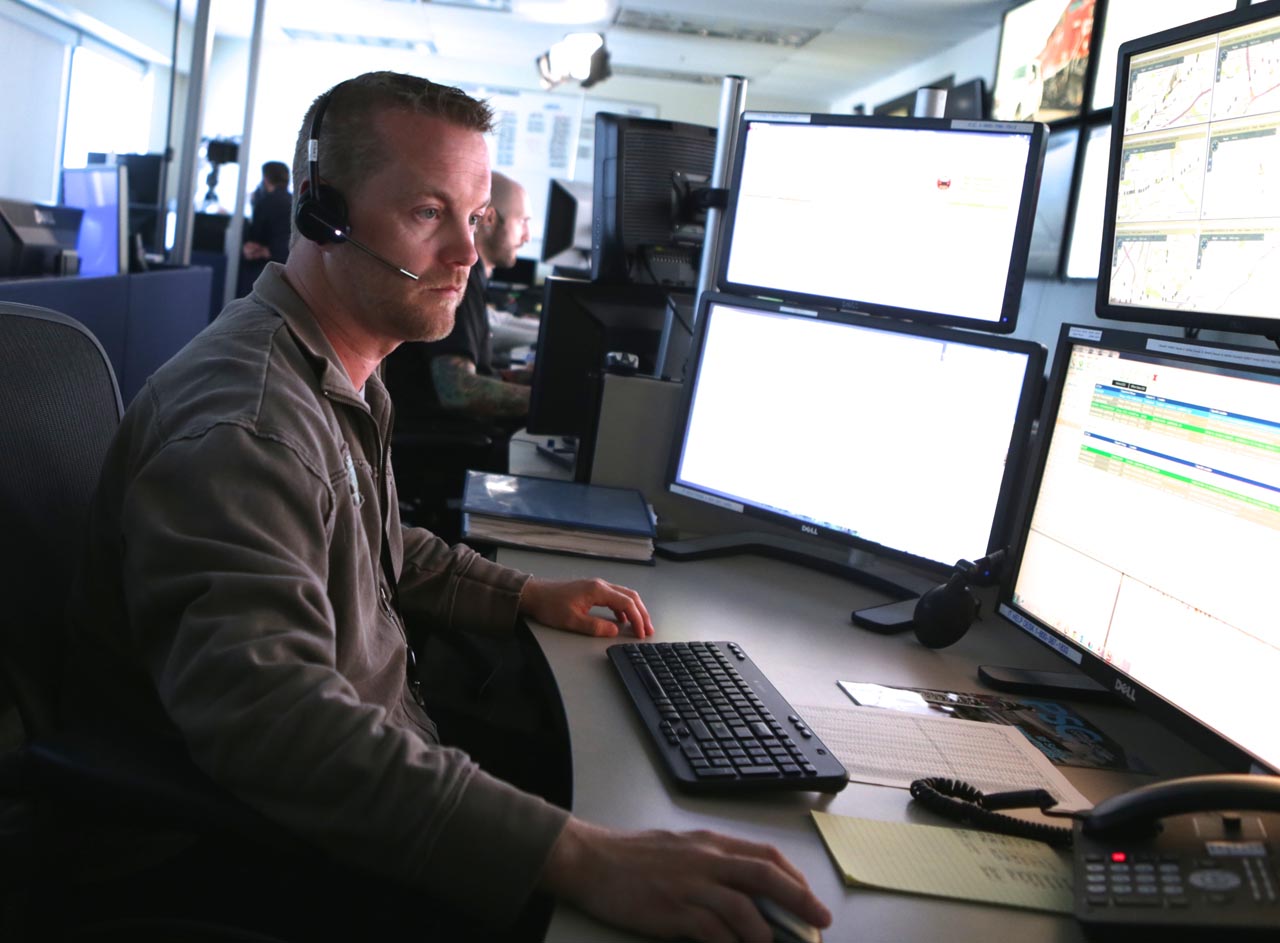If there’s a topic affecting almost as many businesses as the pandemic itself, it’s pandemic-related labor shortages. Although we can’t find new hires for your organization, we can help you multiply your existing workforce using two-way radio systems through this series of posts. For part two, we’ll talk about the lesser-known, but marvelous world of dispatch software.
Radio System Overview
Two-way radios make it easy to communicate with staff in the field. As mentioned in part one, How Do Two-Way Radios Help With Labor Shortages? , they can help increase productivity, help with training issues, increase employee satisfaction, help scale staff on shorter notice, and are more cost effective and last longer than other communications platforms.
However, two-way hardware has additional efficiencies when combined with dispatch software, including reaching across multiple locations, workgroups, and devices, that will decrease time spent facilitating communications with staff. Fortunately, the evolution of software services provides many added efficiencies for two-way radio users.
Dispatch Software Efficiencies
Some of the benefits of layering dispatch software with two-way radio systems include:
- It can be used to dispatch teams around the world from anywhere, including a home office
- Provides the ability to centralize communications across an entire organization
- Allows a dispatcher to monitor multiple communication channels, or talkgroups, simultaneously
- Doesn’t increase required space for equipment, creating a freer dispatch environment
- Ability to text radio users via software system reduces time spent waiting for responses
- Dispatch communications can be extended to mobile phones and landlines
- Provides alerts and alarms from connected systems directly to a user’s handset
- Provides Interoperability between different radio system types and frequencies
- Provides voice recording and event logging for incident investigation and review
In other words, dispatch software can provide a single dispatcher with the power to relay voice and text messages across multiple systems and hardware, including automatic system messages, to multiple locations and teams. This decreases labor needed to manage communications while increasing the productivity and on-the-job time of employees in the field.
Increased Productivity for Dispersed Staff
An issue when managing a dispersed staff is helping make sure they are safe and in the right place. GPS monitoring can help ensure the closest team to a job is dispatched to that location, and help provide direction should they run off course. If something unfortunate should occur, help can be sent directly to the employee’s location.
Organizations with small satellite campuses no longer need to add expensive new broadcast towers to extend radio coverage to those remote locations, allowing off-site staff to be reached using the same two-way radio system at a much lower expense.
Dispatch software helps keep up employee productivity, which offsets labor shortages.
Time-Saving Solutions
When time is of the essence, sending a text message to one or more employees can help save time normally taken by waiting for radio call and response, and ensures the message is received correctly and safely by the recipient.
A central communications source saves time for teams, providing the ability to relay messages more quickly across locations and to efficiently redispatch personnel while in the field. Imagine sending system alerts and alarms to the correct personnel automatically as they happen, reducing time spent in relaying the alarm while decreasing risk to your organization by ensuring help arrives more quickly.
How will a dispatch software system facilitate labor and equipment savings at your organization? What other innovations can they provide? Contact us to learn more.
Related:
